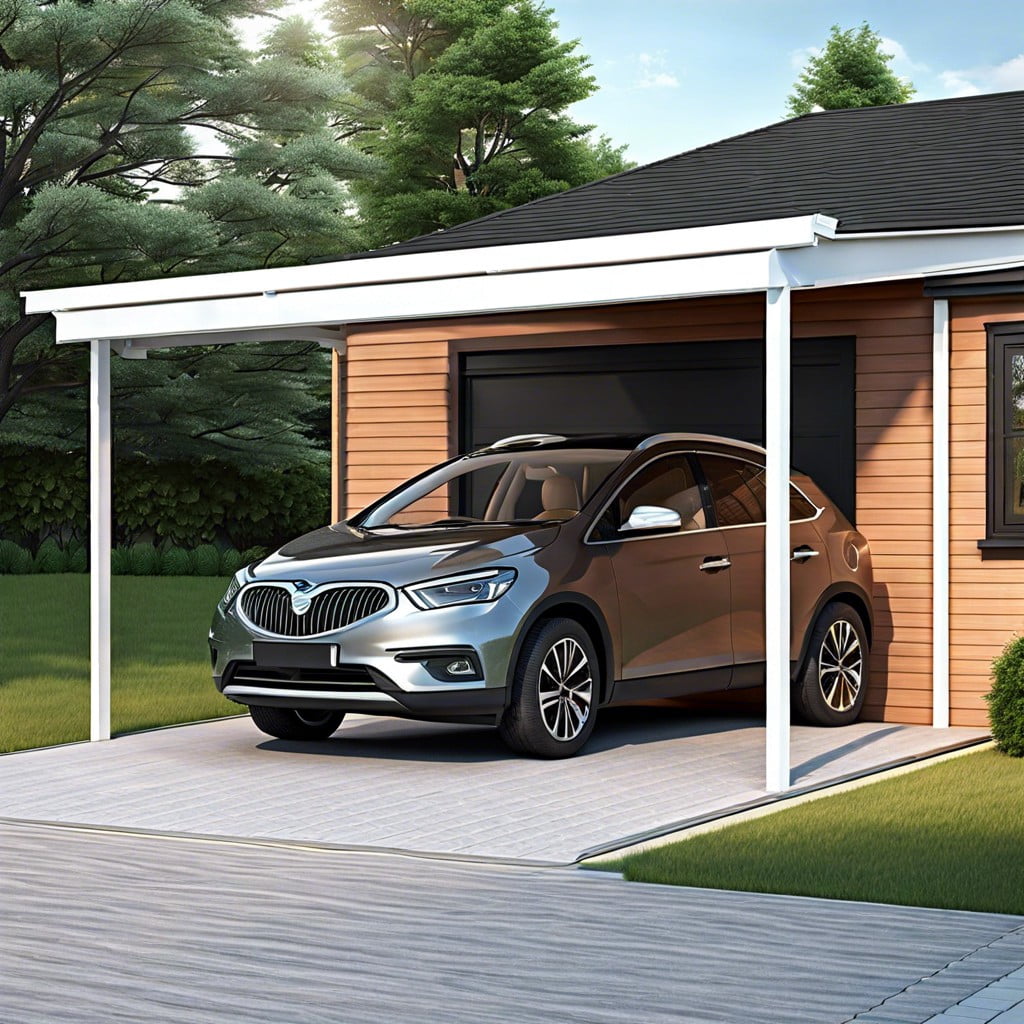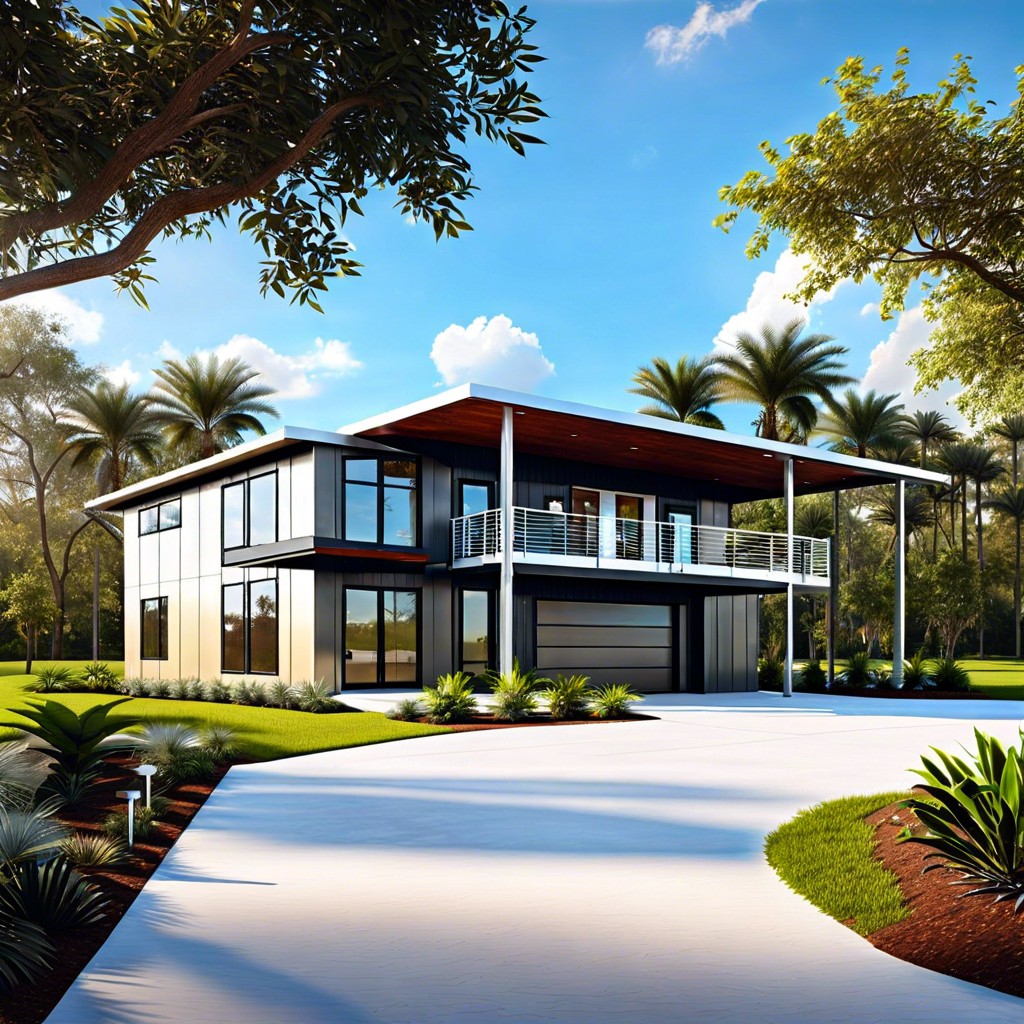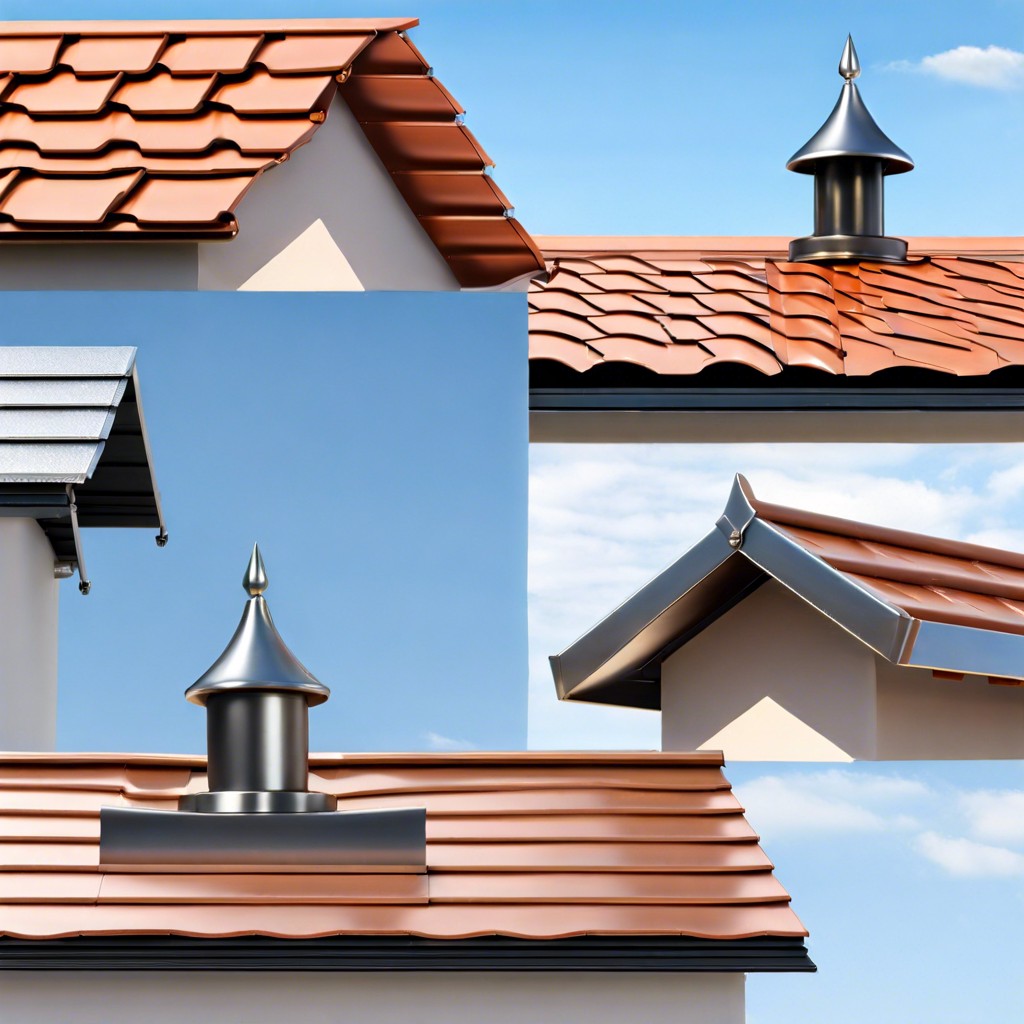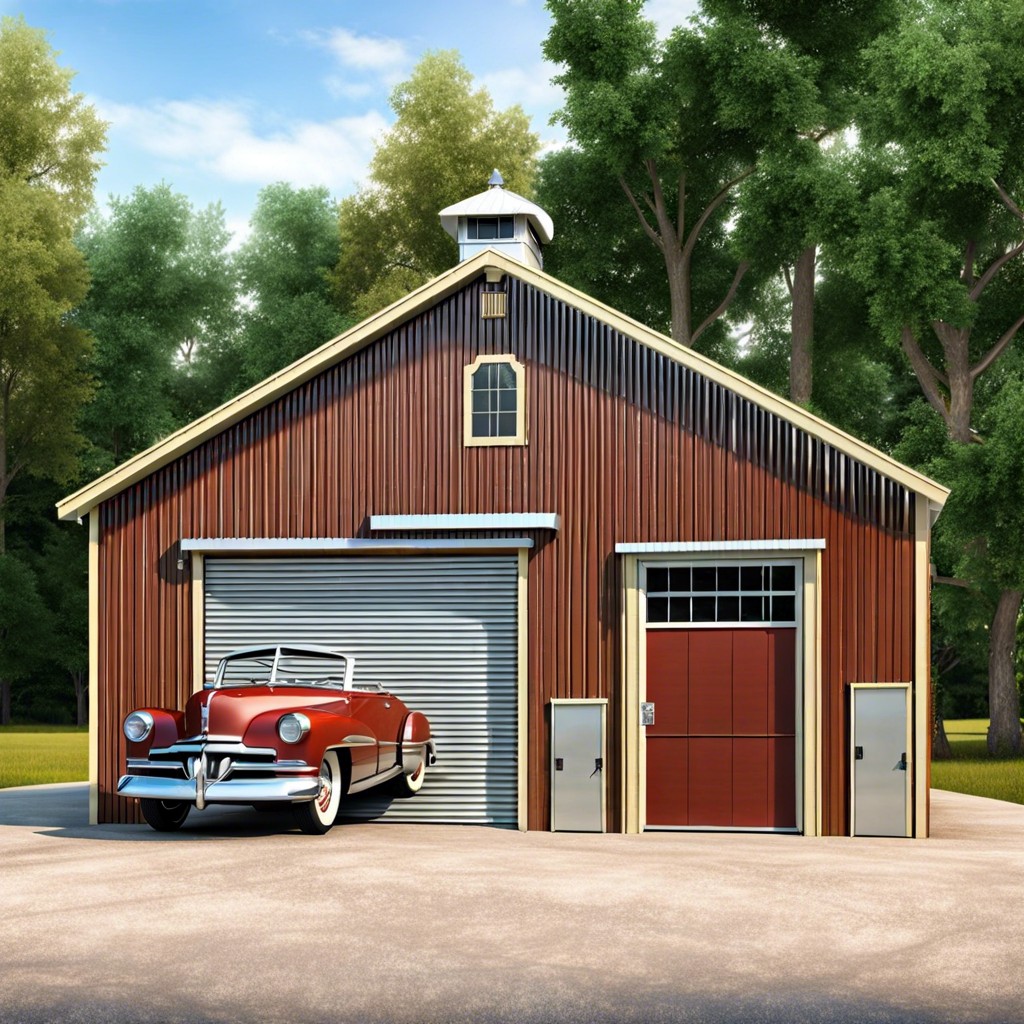Discover key considerations for selecting and setting up a lean-to carport to effectively shield your vehicle from the elements.
Key takeaways:
- Lean to carports offer convenience, efficiency, and cost savings.
- Assess your space for installation, considering level ground and future needs.
- Ensure structural integrity and weather resistance with durable materials.
- Obtain necessary permits and adhere to local building codes.
- Consider budgeting for materials, labor, and hidden costs.
Benefits of a Lean To Carport

Lean to carports attach directly to your home or another structure, offering a clever blend of convenience and efficiency. With this design, you eliminate the need for constructing four walls, which saves on materials and labor costs. This type of carport streamlines the sheltering process for your vehicle – cozying right up against your home, your car becomes an extension of your living space.
Moreover, by capitalizing on the existing wall, you secure additional stability that freestanding carports can’t boast. Say goodbye to the lengthy treks through rain or snow; your vehicle is now just a stone’s throw away, sheltered from the elements. Furthermore, a lean-to structure can serve multiple purposes aside from vehicle protection, flexing its muscles as a storage space for tools and lawn equipment, or even as a shaded outdoor work area for those sunny DIY Sundays.
The charm of a lean to carport is its simplicity in marrying function and form. It can effortlessly match the aesthetic of your home, creating a seamless look that boosts curb appeal. Lean to carports are like the clever little sidekicks of the home improvement world – they’ve got your back, rain or shine.
Assessing Your Space for Installation
Before rolling up your sleeves, take a hard look at your available real estate. Does the spot you have in mind offer enough room for a carport? Remember, you’ll need extra elbow room for construction and potentially for accessing your vehicle. Picture an umbrella in a windstorm – that’s your carport if the space isn’t level. Ensuring a flat foundation is key to a stable structure. Are there trees or other structures nearby? They could throw shade – literally – affecting your carport’s exposure to the elements. Also, think about the future – are you going to need room for one more set of wheels someday? Planning ahead prevents a pickle later on. Lastly, keep your neighbors in mind. You wouldn’t want your new construction to become a sticking point. Now, take these points, scout out your territory, and size up the situation – it’s square one in your carport construction adventure.
Structural Integrity and Weather Resistance
Lean-to carports must be built to withstand the forces of nature. Galvanized steel, revered for its durability and resistance to rust, is a preferred material for the framework. Carport roofs are commonly crafted from metal panels or polycarbonate substrates, offering protection from sun and rain. Each roof style, whether flat or peaked, factors in runoff for water and the bearing of snow loads.
Regional climate dictates specific design adaptations. In heavy snowfall zones, a steeper roof pitch reduces the risk of accumulation. Coastal areas demand reinforcements against high winds, and additional anchors or braces may be implemented.
It’s crucial to regularly inspect your carport for any signs of wear and tear. Bolts and screws should be checked for tightness, and the overall structure should be evaluated after extreme weather events to confirm its integrity remains uncompromised. Remember, a stitch in time saves nine—regular maintenance can prevent costly repairs down the line.
A well-constructed lean-to carport can last for years, acting as a stalwart guardian for your vehicle against the capricious moods of Mother Nature.
Building Permits and Regulations
Before hammer meets nail, it’s vital to cross every ‘t’ and dot every ‘i’ in regard to local laws. Picture this: you’re all set for construction, only to discover you’ve unwittingly violated a zoning ordinance. Talk about a wrench in the works!
To steer clear of such hiccups, here’s a quick checklist:
- Contact local building authorities to learn about specific requirements.
- Confirm whether your carport project needs a permit; it often will.
- Gather the necessary documents, possibly including site plans and carport specifications.
- Understand property line setbacks, as these could dictate carport placement.
- Ensure your structure adheres to local building codes, including wind and snow load specifications.
Remember, keeping on good terms with the powers that be will make your carport project smoother sailing. And hey, it’s better to be safe than sorry, or worse, fined!
Cost Considerations
Budgeting for a lean-to carport involves balancing desires with reality. Material selection plays a pivotal role; steel might bump up initial costs but pays off in longevity, whereas aluminum is a wallet-friendlier option but may not withstand the elements quite as staunchly. Size matters, too. A larger carport equals a heftier price tag, so measure your needs against the available funds.
Labor expenses can’t be overlooked. Are you handy with a hammer or is hiring a pro more your speed? Remember, DIY is cheaper at first glance but can cost more if mistakes need rectifying. Meanwhile, professional installation guarantees expertise but will add to the overall investment. Also, factor in the potential need for a concrete foundation, which could send your budget northward.
Lastly, consider the hidden costs like permits, which vary by location and can sneak up on unsuspecting builders. Check local regulations in advance to prevent any financial surprises down the road. Saving a few dollars today is great, but ensuring your carport is a sound investment for years to come is the real win.
Recap




